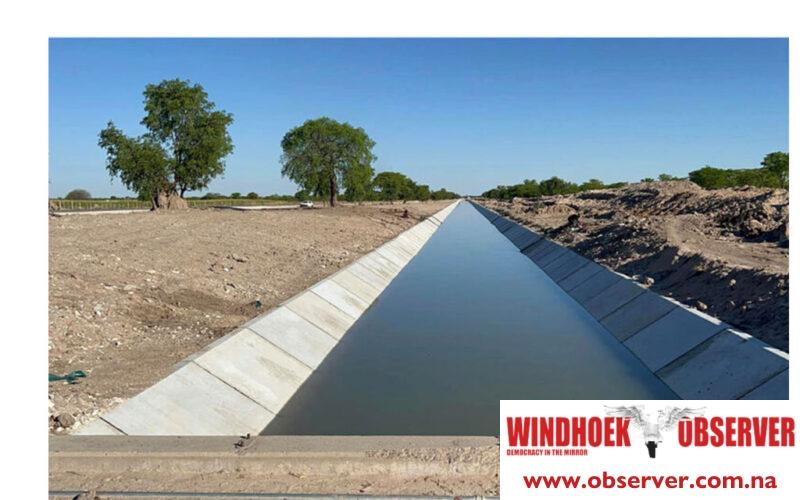CHAMWE KAIRA
The Ohangwena II, part of the Ohangwena Aquifer System in Namibia, is nearing development stages, as indicated by NamWater’s recent release of the Environmental and Social Impact Assessment (ESIA) and Environmental Clearance Certificate (ECC) reports.
The Ohangwena Aquifer System, boasting a total groundwater volume of approximately 300 million cubic meters, stands as a significant water source, representing 60% of Namibia’s total water resources.
The project, funded by the African Development Bank, is considered a medium to long-term endeavor, with no immediate plans for decommissioning. The ESIA study acknowledges that decommissioning will be addressed in the future, necessitating a separate plan based on evolving environmental conditions.
China Jiangsu International Economic and Technical Cooperation Group Ltd has been awarded the tender worth N$232 million to undertake the project.
Primarily, the project aims to address potable water shortages in the Omafo-Eenhana and Omakango-Onambutu-Eenhana Schemes by bolstering bulk water supply from the Ohangwena II Wellfield. This includes potential blending with existing boreholes in the Ohangwena region and continued supply from the Central Northern Water Supply Area (CNWSA) as needed.
The Ohangwena Region, bordered by Angola, Omusati, Oshana, Oshikoto, and Kavango West regions, will benefit from the proposed bulk water supply scheme, particularly Eenhana, the regional capital, and villages along the bulk pipelines covered by the two schemes.
The project’s scope encompasses upgrading the pump station at Omafo, establishing a new offtake from the Omakango-Onambutu pipeline, installing new pipelines from Oshandi boreholes to the Eenhana Plant and from Eenhana boreholes to the Eenhana Plant, and replacing the Omakango-Onambutu bulk pipeline.




